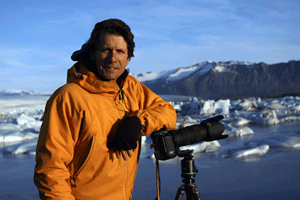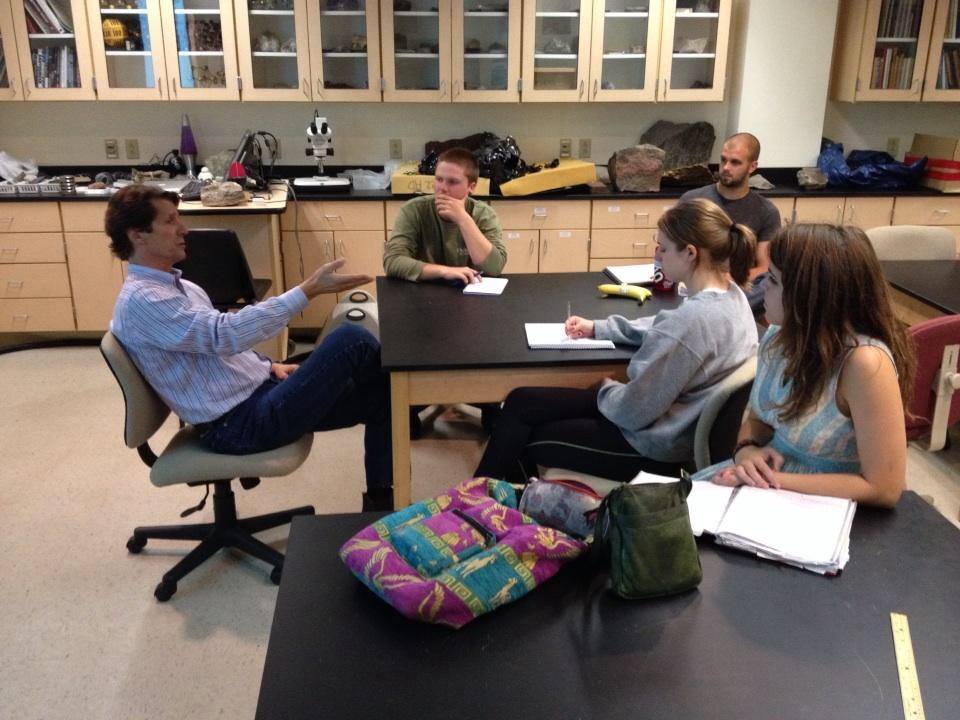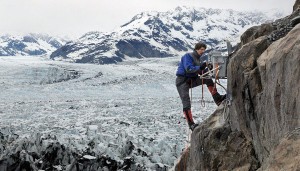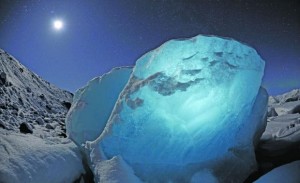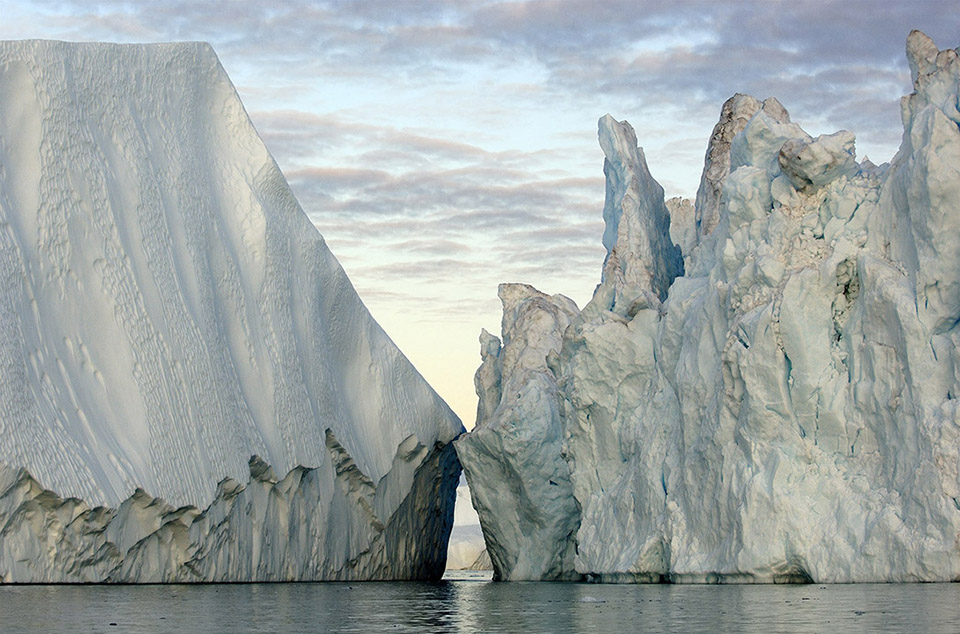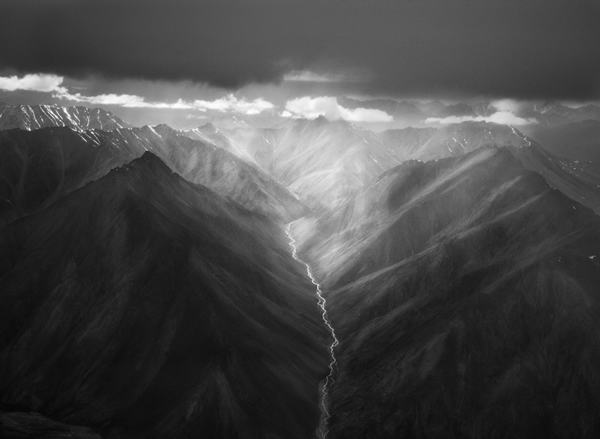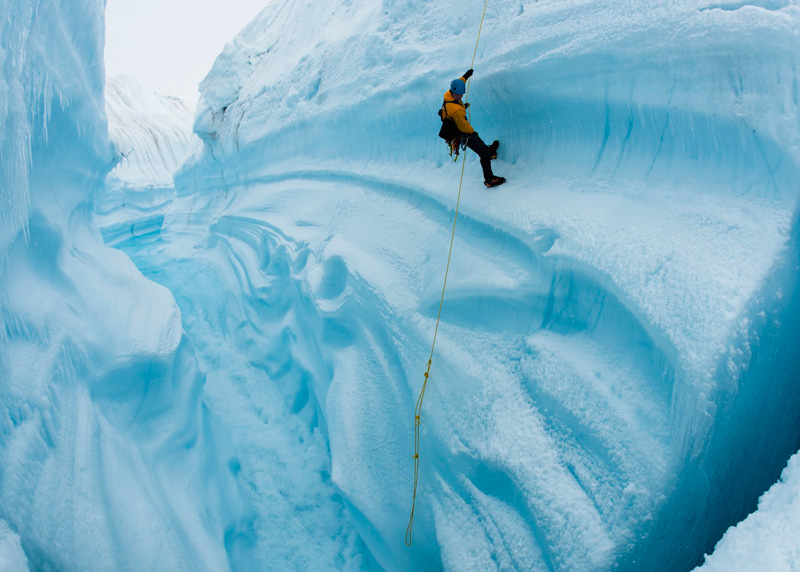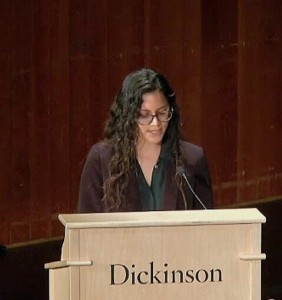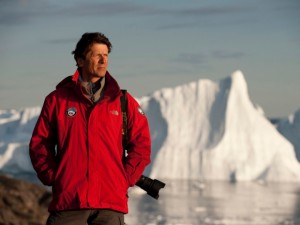
James Balog is an American nature photographer whose most recent work has been focused around climate change and glacial melt. His project, the Extreme Ice Survey, was founded in 2007 as a mode of educating those on the immediate impact of climate change, as well as proving that the human-induced warming of the planet is having obvious effects on the natural world. It is safe to say that he was successful in his endeavors. I can say this based entirely off of the experience of having him come to Dickinson for a residency he did as a result of winning the Rose-Walters Prize for Global Environmental Activism; previous winners include 350.org founder and author Bill McKibben and former EPA Admistrator and current VP for Sustainability with Apple Lisa Jackson. Balog’s visit began before he even arrived on campus with a free public viewing of the film Chasing Ice. This attracted over 500 people and was well received by members of the Dickinson community, as well as the local Carlisle community. Balog arrived the next day after the People’s Climate March in NYC. It was then a whirlwind two days for the photographer that was filled with class visits, informal Q&A sessions, breakfasts, lunches, and dinners. This all culminated in a half lecture and half performance. The performance was a spoken word reading set to a slideshow of images captured through EIS, as well as some of his past work with endangered species. It was captivating.
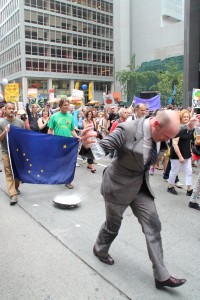
My experiences with Balog, as I was lucky enough to sit down with him in several smaller settings, were inspirational. He touched on many subjects, from the difficulty of copyright in the media world to how rock climbing has influenced his path through life. The whole time he was here though I kept wondering what the best way to illustrate climate change to large groups actually is. How do we effectively take the knowledge and concern of climate change and help others understand it? Balog seems to have figured out a very effective way to do this. He has made something very difficult to comprehend as a human and he did it with stunning photography. I am still asking myself what might be the best way to represent climate change. Balog’s next piece of work will incorporate the California wildfires and will hopefully draw even deeper connections of human influence on the natural order to disturbances in the climate system.
So, Balog came to Dickinson. It was an incredible experience and we all learned a lot from him. Inspiration flowed and conversations started. I don’t mean to sound cold about his residency, it was truly incredible and I am going to be working on doing something very similar after a I graduate because of my time with him, but what happens now? Where do we take this conversation on our campus? Where do communities take the public showings of Chasing Ice once they are done? How do we enact change? These are the questions. One answer I have seen is continuing the conversation. I plan on attending several follow up events to Balog’s visit over the next few weeks. These events will be conversations about climate change and different sectors of society. Many people asked Balog what they need to do on a personal level to help mitigate and adapt. He flat out told them that he has no idea what they need to do. How could he? He has never met them. He did remind them though that something needs to be done, something more than what is being done now. And I think that is a huge takeaway from the experience. There will not be one thing that a single person or even an entire community can do to mitigate further climate change. Each person, each community, each nation-state will all need to find the solution that works for their political regime, their societal needs, their culture. That patchwork of solutions will be what the negotiators will be discussing in Lima. Finding the common ground and ways to work to meet all needs are what they need to figure out. For the sake of these glaciers, these seemingly lifelike objects, I hope they can figure it out.

